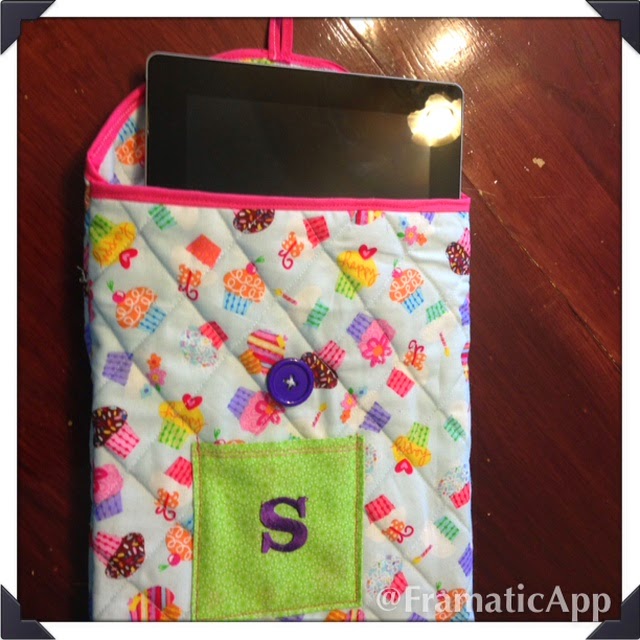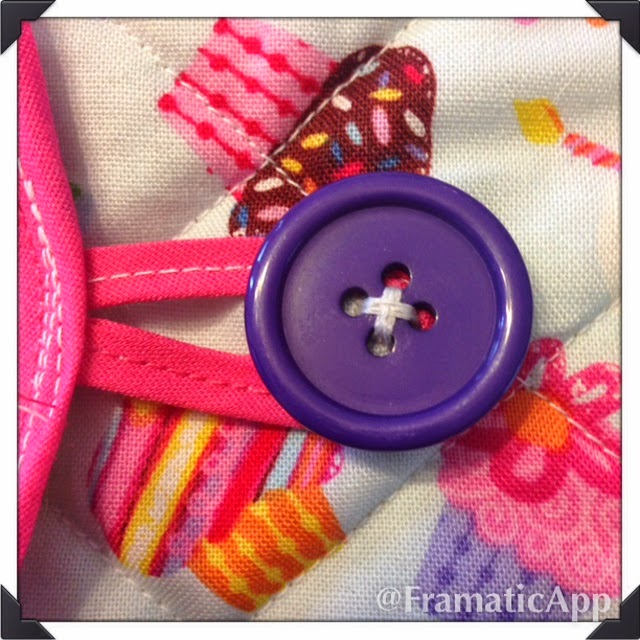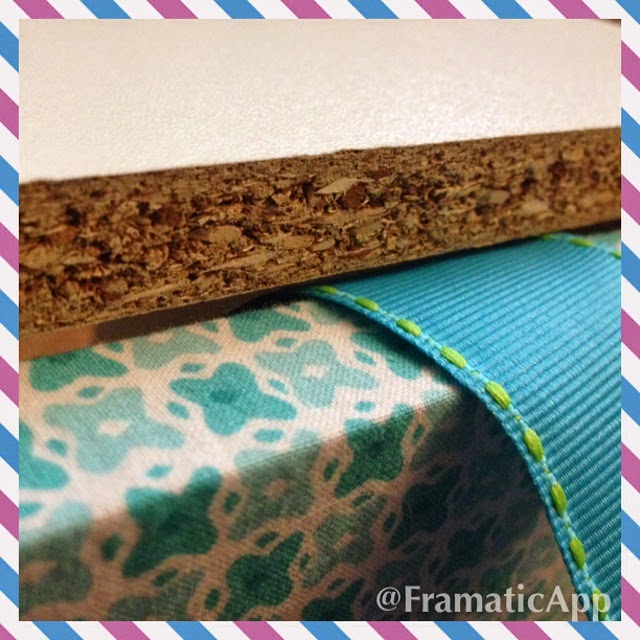The first look out of my classroom windows showed me a beautiful hill with big trees and a cute little picnic table. As my first year of teaching disappeared so did the beautiful view out of my windows. Our school built a massive $11 million expansion on our school and they attached it right to the outside of my windows! I was one of two classrooms that lost all of their windows. Well I didn't actually 'lose' my windows. They're still there but they look into the middle school lobby and office area.
All of the light in my room comes from fluorescent lights. Last year I had five lamps and I only turned on one set of fluorescents. This year, my goal is to have enough lamps that I don't have to turn on the fluorescents at all!
This means I need to hit the thrift stores. I have picked up quite a few lamps. I wanted them all to be wooden (so they couldn't get knocked over and break.) Unfortunately there aren't many pretty wooden lamps out there. But that's okay because we can fix that!
First step: Spray Paint!
Here are the materials I use when spray painting lamps.
I cover the electrical parts like the cord and the top where the light bulb gets plugged in with cling wrap. Then I secure that in place with painter's tape.
Then I take them outside and give them a good coat (or two) of paint.
Step Two: Lamp Shades
All thrift stores have TONS of lamp shades. I like to find shades that fit the lamps I have and shades that have a flat surface. If the surface is flat I can cover it with some cute fabric!
This is how I cover lamp shades with fabric. You will need fabric of your choice and spray adhesive. I use this 3M brand that I love! You can immediately work with it after you spray it and it takes 10 minutes to dry so you have plenty of time to work with it. Many of the sprays have you wait 5 minutes before you can work with it.
To cut your fabric to size, lay out your fabric and sit the lamp shade, on it's side, on the fabric. Use a pen to trace the outside as you roll the shade across the fabric.
Then I cut the fabric leaving about an inch between the cut and the line I made.
Spray the lamp shade with the spray adhesive.
Lay the shade down on the line that you marked.
Use your hands to smooth the fabric out around the shade.
You will have extra fabric hanging off the top, bottom, and seam.
First trim the seam so you have about an inch of fabric.
Spray a line of spray adhesive and fold the fabric over.
This is what the seam will look like.
Next spray some adhesive around the inside edge of the shade.
Tuck the edges in.
On the top side you will need to cut little slits in the fabric so it will tuck in. If it's not staying stuck to the adhesive, cut the slit smaller.
Now your shade could be completely done at this step.
Or you can add some decorative trim. I like to raid my grandma's rick rack bucket.
Use a hot glue gun to adhere the trim to the shade in whatever pattern you wish!
Here is the finished product!
Here are some lamps that I made last school year.
And... I was at the Dollar Tree and found these cool anti-slip mats. I am going to put them under the lamps so they don't slip and slide around.
I hope your lamps turn out awesome!!









































